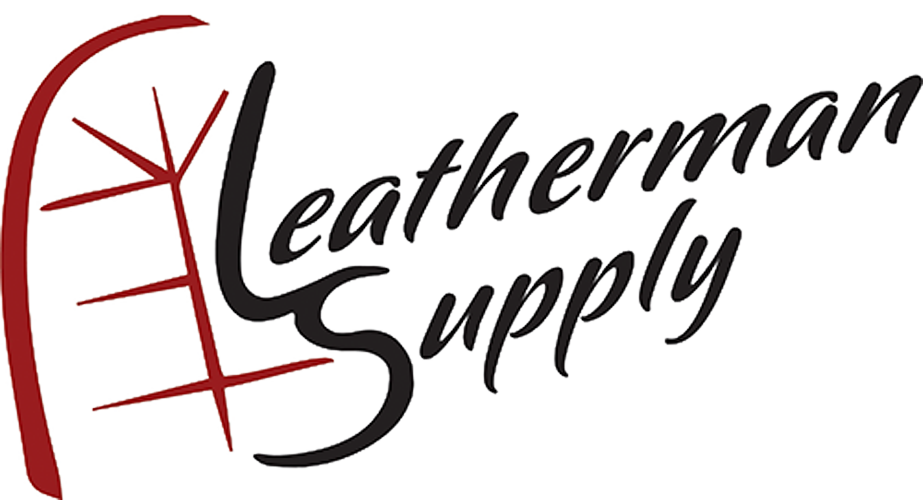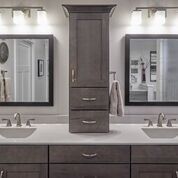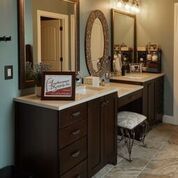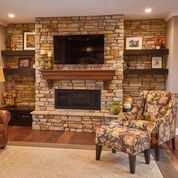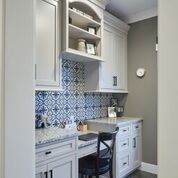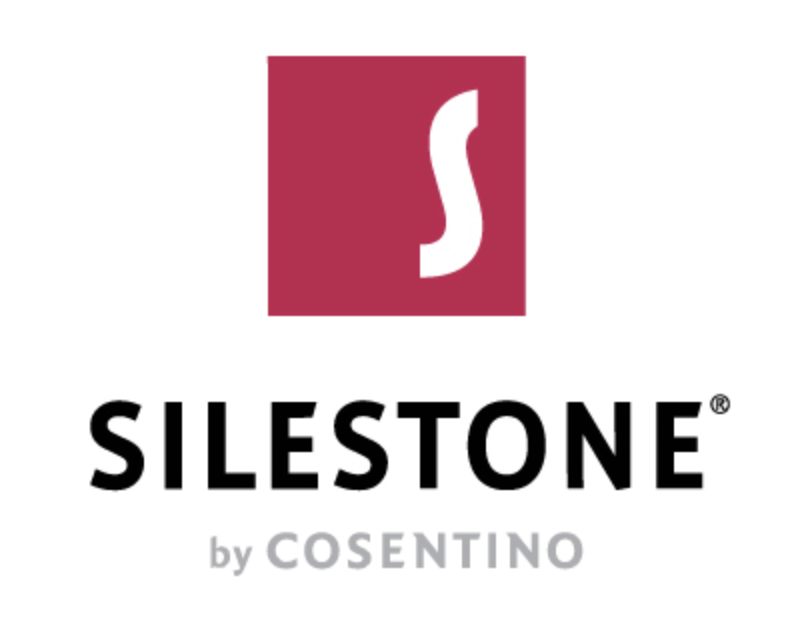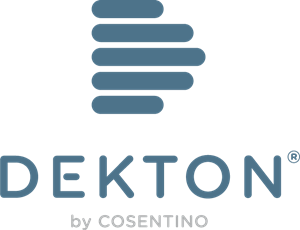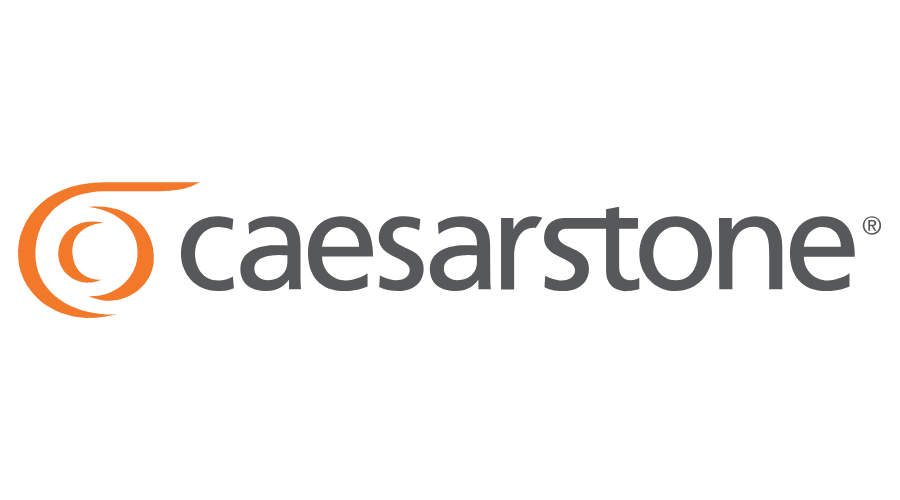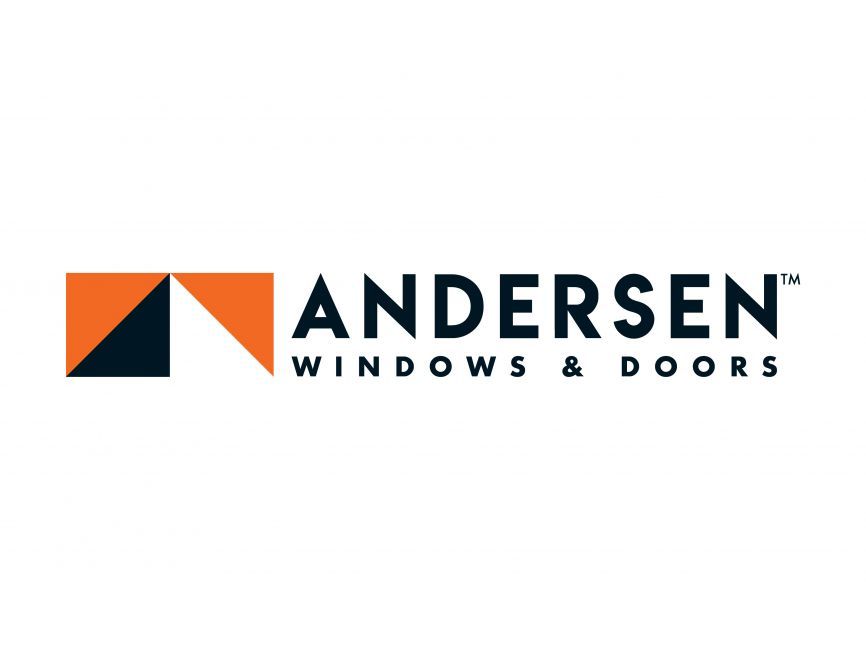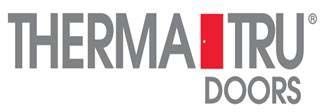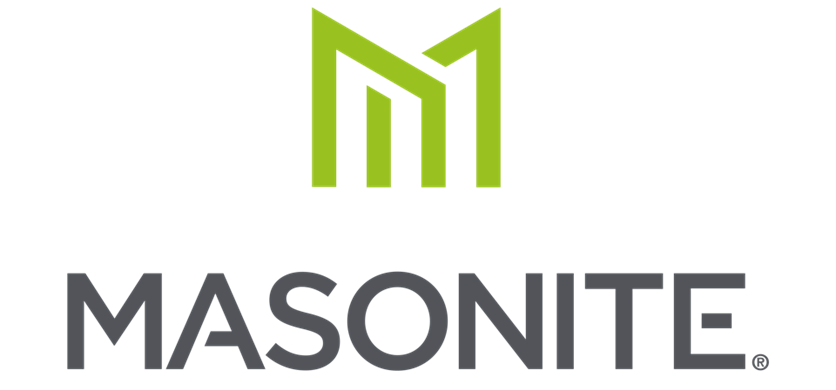Planning The Budget For Your Next Home Renovation
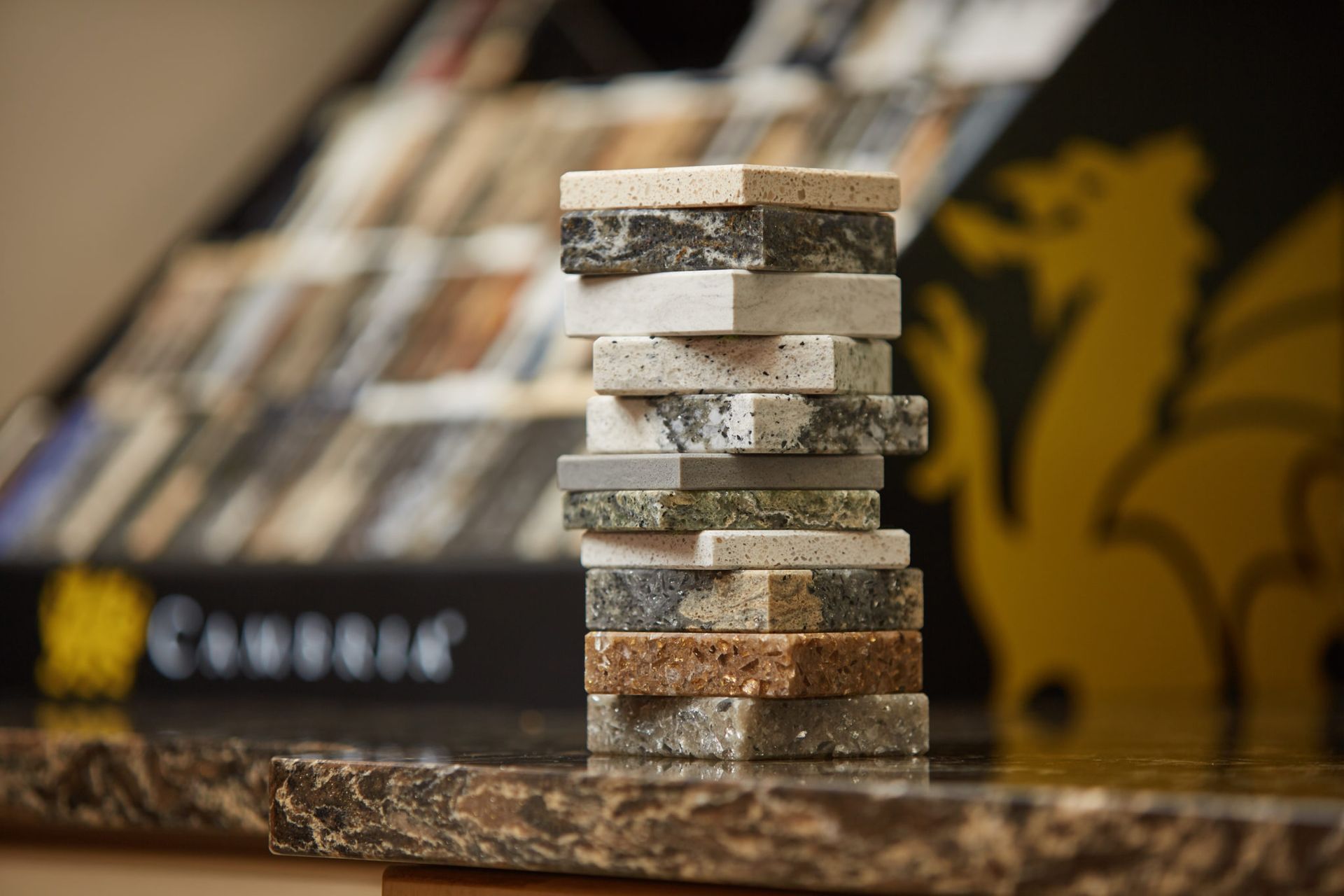
Expect the Unexpected & Budget For It
Don’t you wish you had Superman’s X-Ray vision? To my knowledge, only x-ray inspection services like those offered by CXR Company in Warsaw, Indiana can see through solid objects.
Unfortunately, that means neither you nor Leatherman Supply knows what lies behind walls, underneath floors or above ceilings until the demolition and reconstruction process being.
Prior to starting any home remodeling project, it is a good idea to consider how old your home is and when the last time it was renovated.
Homes that are 20 to 50 or more years old may not have the electrical, mechanical or plumbing infrastructure that meets current day codes.
That’s why it is so important to partner with a designer and contractor that have the proper experiences, licenses, insurance and references to deal with the unexpected and deliver the quality that you expect and deserve.
A couple of contractors we enjoy working with are Town & Country Builders and Helman Sechrist.
Rendering by Leatherman Supply
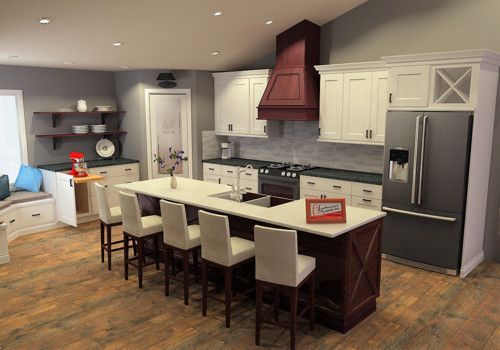
We always encourage Leatherman’s clients to add a contingency to their budget for the unexpected.
The best thing that can happen is that you don’t have to spend it or better yet you can use those funds to upgrade quality and increase value.
Despite the unlimited access to online renovation information, it’s not easy to accurately budget for a new kitchen or bath.
For example, if you visited the Houzz.com website to search for farmhouse sinks, your search would deliver more than 77,000 results, with prices ranging from $150 to more than $5,000.
How could anyone know which farmhouse sink would be the perfect fit among 77,000+ options?
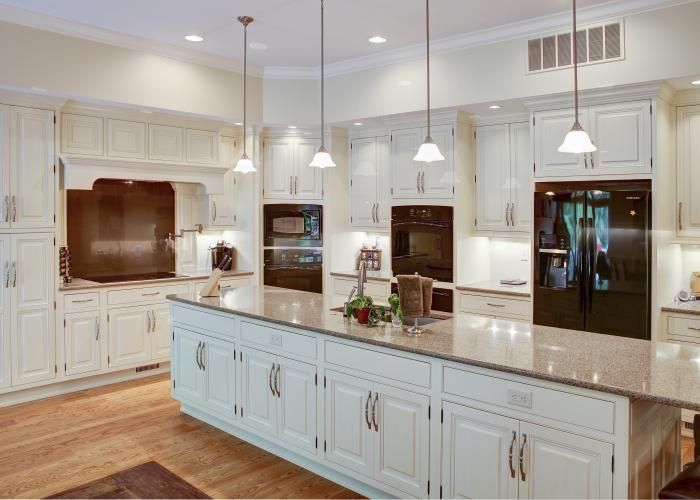
Budgeting is made even more difficult by home improvement television.
HGTV, DYI and other networks do not produce documentaries on the topic.
They are in the entertainment business. As such, many times, the budgets quoted for kitchen, bath and home renovation projects do not include the cost of labor, which can account for more than 50% of the budget, depending on the nature and scope of the project.
Home improvement television is an excellent source of inspiration, but an unreliable and inaccurate resource for budgeting and scheduling.
Most homeowners in Northern Indiana renovate their kitchens and bathrooms when they have become outdated, when they want them to function differently, when existing fixtures are either damaged, broken or don’t work effectively and when they have the financial means to do so.
The decision to renovate does not occur on the spur of the moment either.
Almost all of the homeowners in Northern Indiana that we help to create their dream kitchens and baths, spend months performing independent research and making sure they have the financial means to get what they want.
Some target spending based on tax return estimates.
Others have expendable bonus or investment income.
These findings typically help determine which projects to undertake.
Once you decide what project you wish to tackle, the next question is whether you have the money.
If you’re paying cash, that’s easy to answer.
But if you’re borrowing, you need to assess how much a bank will lend you and what that loan will add to your monthly expenses.

There are three basic types of loan options:
- A cash-out refinance
- A home equity loan
- A home equity line of credit (HELOC)
According to Realtor.com’s Houselogic:
"For the vast majority of homeowners, the best way to borrow for a home improvement is a home equity line of credit. A HELOC is a loan that’s secured by your home equity, which means that it qualifies for a lower rate than other loan types, and you can deduct the interest on your taxes.
We will discuss taxes benefits later on. For now, let’s focus on setting a budget.
The first step in keeping a project on budget is to develop a budget that is realistic during the planning phase of a project.
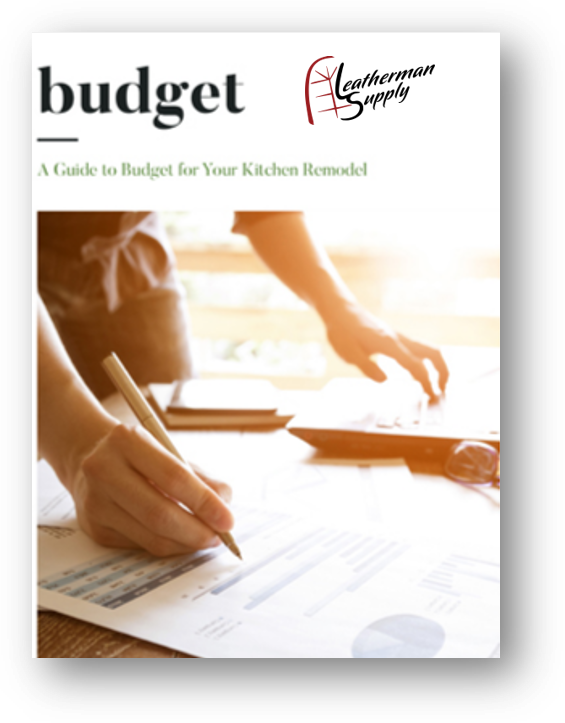
Here are the keys to developing a realistic budget:
- Work with professionals, like Leatherman Supply, who know what they are doing and pick their brains to uncover what will work best for you and your home. Experienced showroom professionals know manufacturer track records for order fulfillment, customization capabilities, customer service and warranty backing.
- Determine what is most important to you in your new kitchen or bath. Prioritization becomes easier when you consider who will use the space, how often and for what purposes. We have several clients in Northern Indiana who love to cook and entertain and want their kitchen not only to be a showplace but also to have the same functionality as a commercial kitchen. For the kitchen trends, check-out the blog we produced last month.
Here are the keys to developing a realistic budget:
- Make sure that a professional measures the space. The dimensions of the room enable experienced designers to recommend specific areas for appliances, countertops, sinks, fixtures, windows, etc. that work in concert with one another. You don’t want cabinet doors hitting countertops or anything else. You don’t want your island to impede the opening of a dishwasher. Accurate measurement of your space also helps showroom professionals recommend storage solutions that make your new kitchen function as well, if not better, as it looks.
- Develop a comprehensive, tight plan and stick to it. Changing your plans, design and products after construction begins usually causes budgets to blow up.
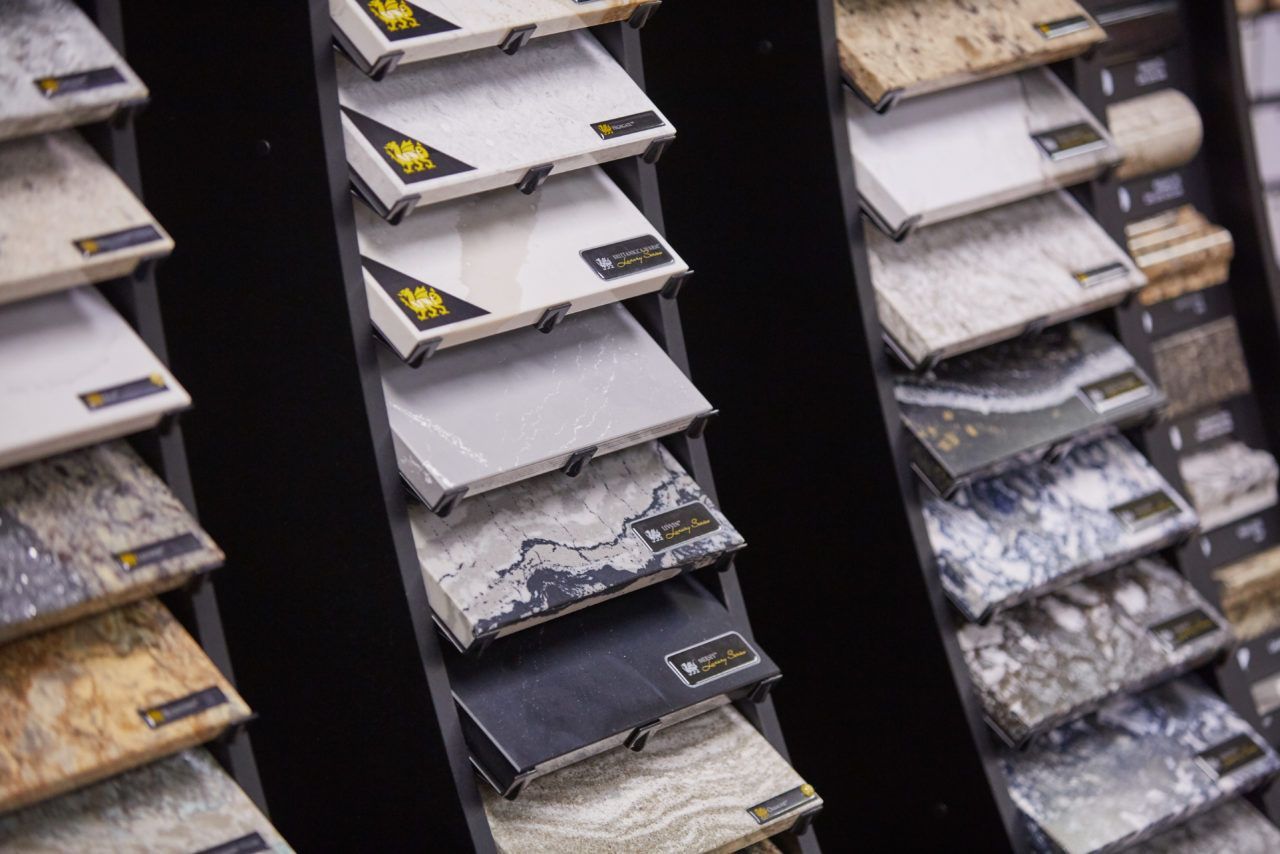
Where to Splurge?
The greatest financial and functional value is derived from cabinetry and appliances.
If you love to cook, splurge on a professional range made for the home.
If you like to entertain lots of family and friends, consider a second dishwasher if space permits. There are certain appliance brands that have cache that can increase the resale value of your home.
Splurge on quality items that you will use every day. The kitchen faucet and sink are the most used appliance in the home. Do you really want to cut corners on those items? Cabinets fall into the same category – you use them every day and they can also bring additional value to your home. Storage is another investment that yields generous benefits not only from a functional perspective but also for resale value because it makes cooking, cleaning and using your kitchen a lot easier.
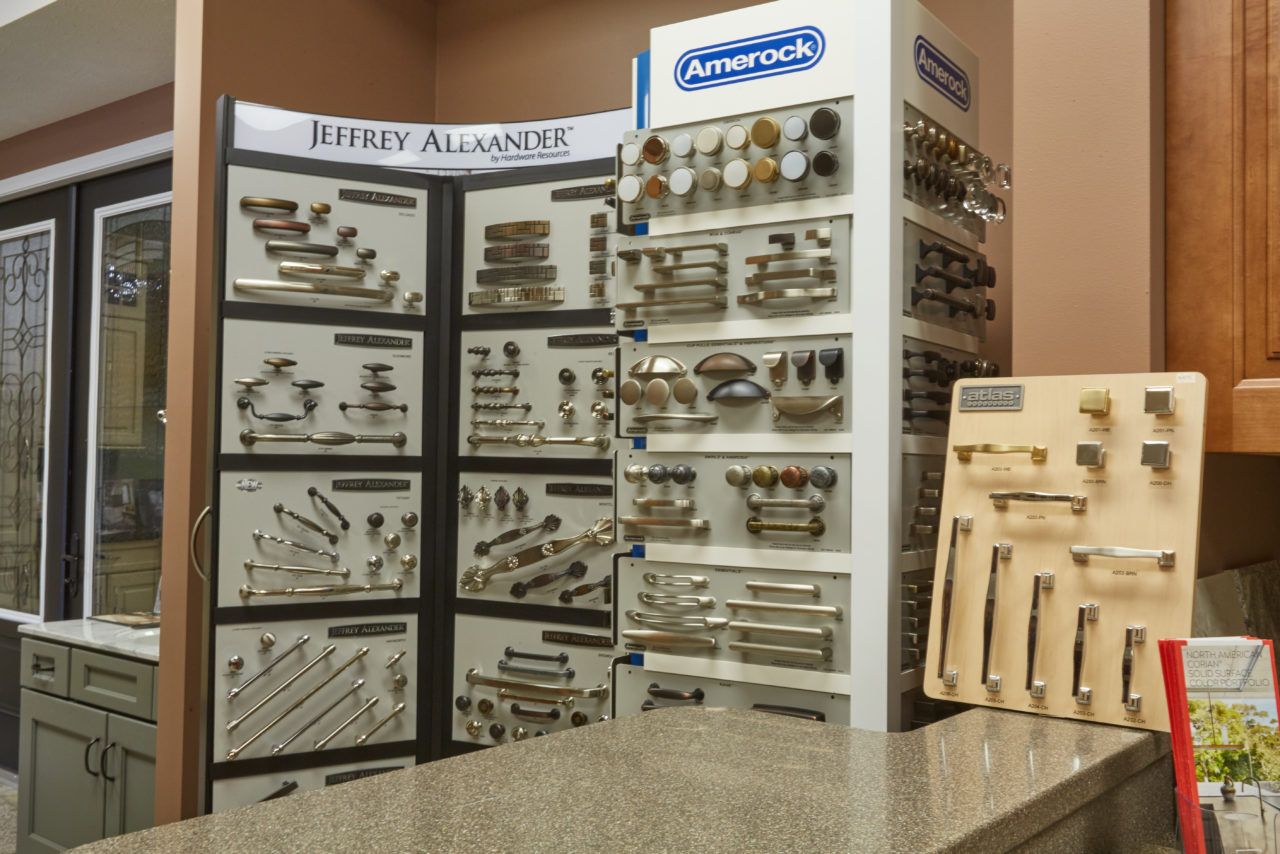
Saving Opportunities
There are opportunities to achieve the look you want without breaking your budget. You can value-engineer items such as window coverings, tile and backsplashes. You may also repurpose items from other parts of your home to use in the kitchen. If you’d like additional guidance to establish your budget and priorities for your kitchen renovation, check-out our buyer’s guides.
Determine if you need to reconfigure the space or can use your existing or part of your existing infrastructure as is. Having to move and reconfigure plumbing, electrical, ductwork, ventilation and structural support will dramatically affect a budget.
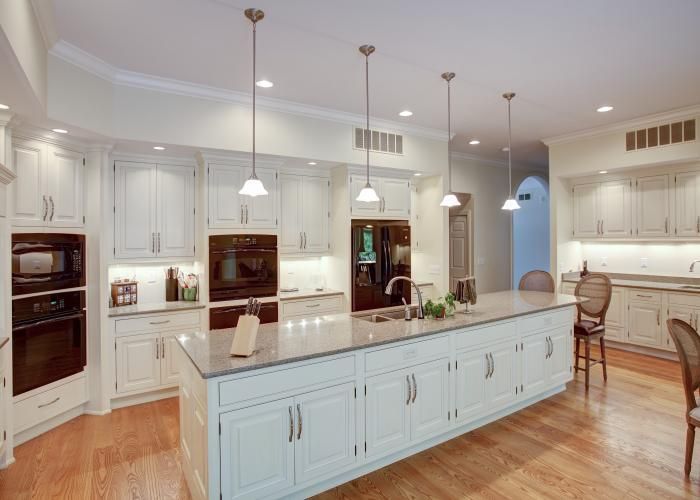
A note of caution: Depending on the age of your home and the scope of your project, some unexpected changes may be required to ensure that your new kitchen or bath meets the requirements of your local building code.
"According to HomeAdvisor, the average cost of renovating a home that is less than 1,000 square feet is $18,347. For homes in the 3,000 to 4,000 square foot range, the average cost climbs to $36,121. Renovations made to an older home tend to cost more than a newer one, especially if the wiring, plumbing and other features aren’t up to code.
Budget Dumpsters offers an article featuring common house coding violations. Check it out.
Budgeting Tools
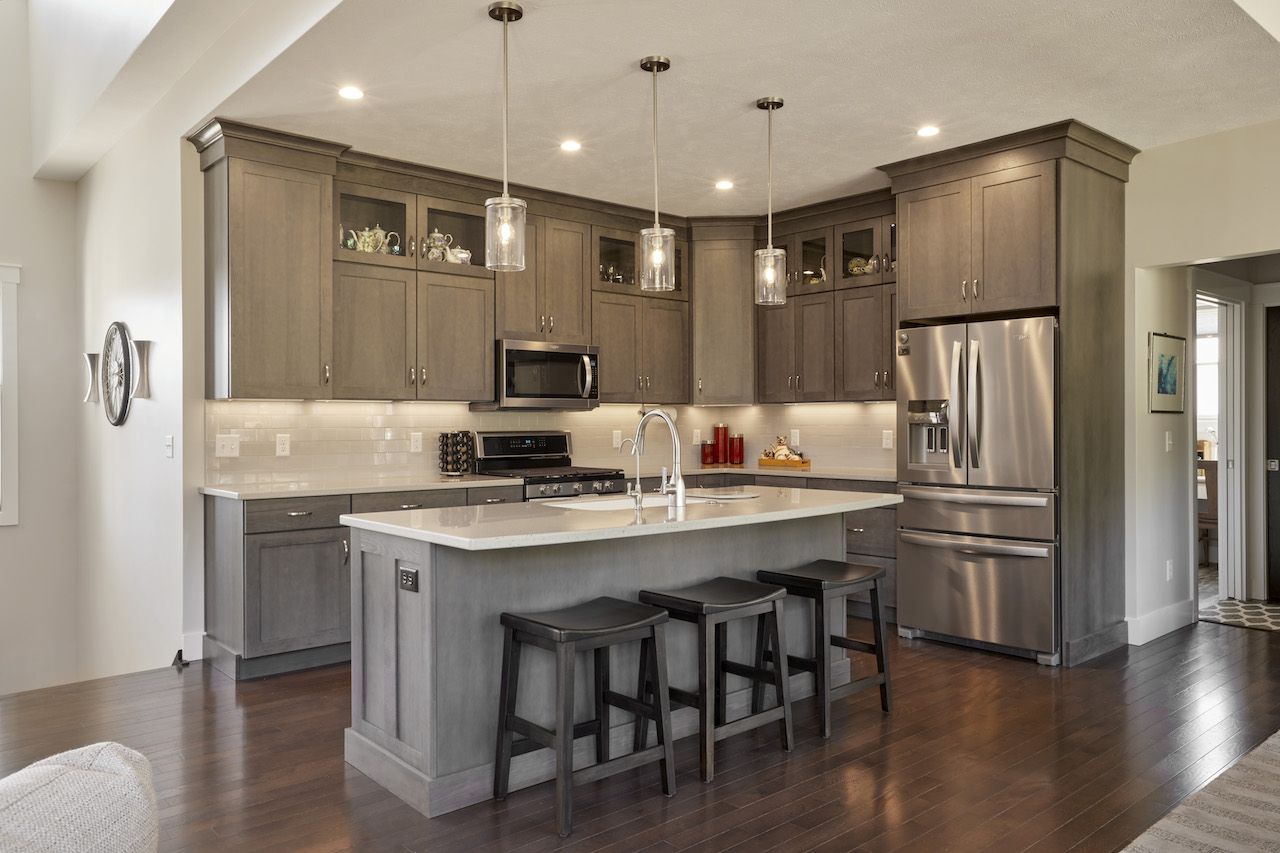
Advantages the New Tax Law Creates for Renovating Your Kitchen or Bath
April 17 is around the corner and we realize that many of our existing and future clients will be submitting their 2018 tax returns. Let us review the impact of the new 2018 tax law on making improvements to your home.
The amount of tax that Americans pay is based on the amount of income that they earn from their employment, investments and other sources less permitted deductions and tax credits.
Tax credits reduce tax liabilities.
Common credits include the child tax credit, which doubled to $2,000 per child under 17 with the new tax law and can be taken by single parents who make up to $200,000 and married couples whose income is less than $400,000.
A $2,000 tax credit will reduce your tax liability by $2,000 and save you $2,000 in taxes.
By comparison, a tax deduction lowers taxable income to an amount equal to your marginal tax bracket.
If you are in the 32 percent federal income tax bracket and you are entitled to a $1,000 tax deduction, your tax bill would be reduced by $320 (0.32 x $1,000 = $320).
How you finance renovating an existing kitchen or bath will have different tax consequences in 2018 and beyond.
The Internal Revenue Service recently posted on www.IRS.gov that homeowners can deduct interest on home equity lines of credit and equity mortgages provided the funds are used to purchase a home or to repair or improve the property.
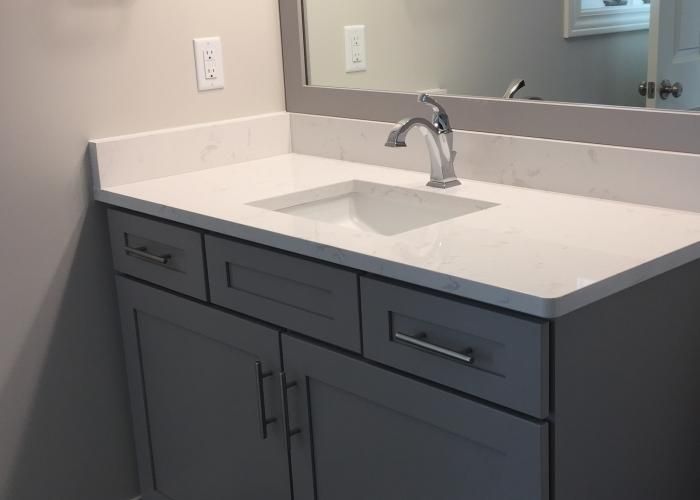
That means if you use a home equity line of credit or second mortgage to pay for your new kitchen or bath remodel, you can deduct the interest payments on those loans up to a certain limit.
The new tax law caps interest on loans up to $750,000 for married couples and $375,000 for singles.
If the combined home equity and initial mortgage loan exceed those limits, interest paid above those amounts is not deductible.
If you fund renovations from savings, you most likely will not receive immediate tax benefits, because using savings does not provide an immediate deduction.
However, those funds are factored into the value of your home when it is sold.
When a home is sold, the IRS requires sellers to pay taxes on the difference in the original price owners paid for the home and the sale price of the home.
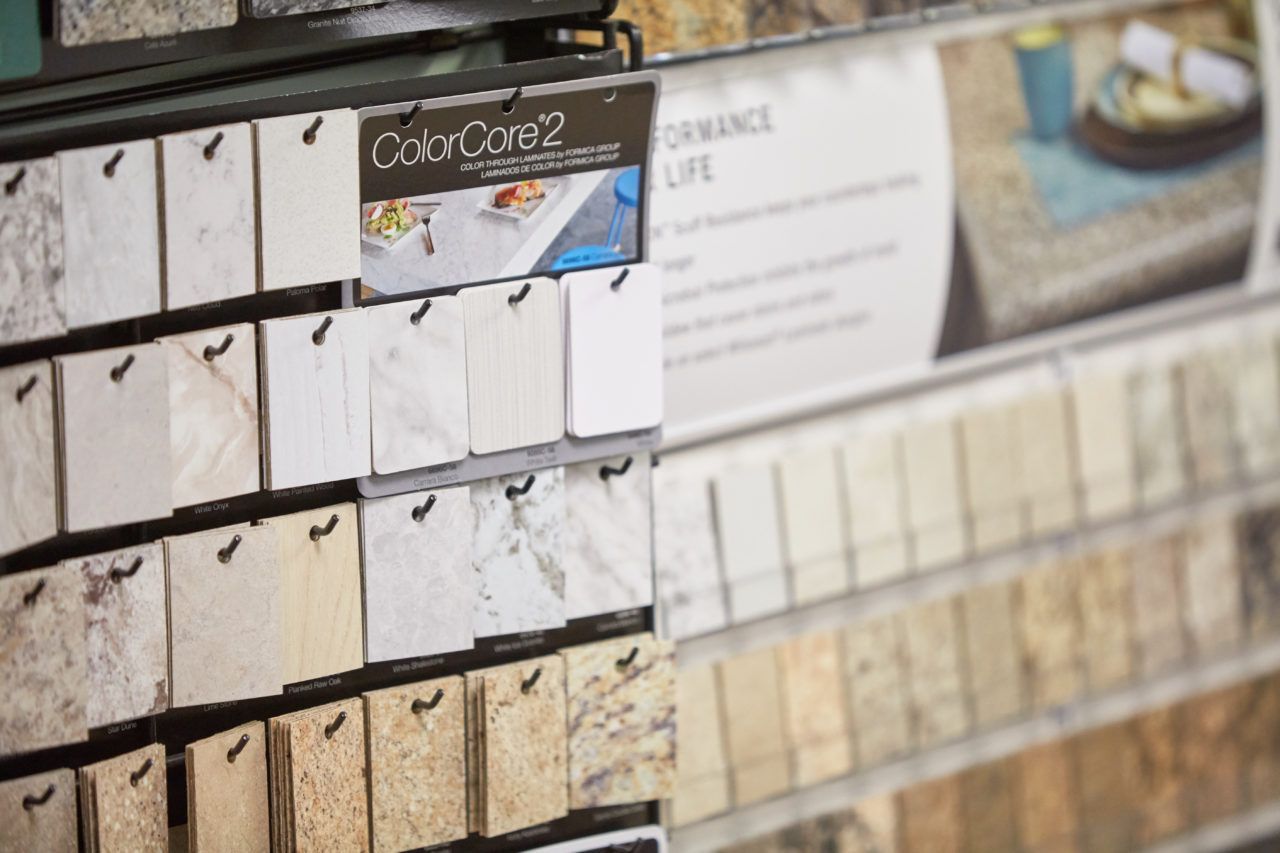
The amount of tax you pay depends on how long you have owned the home and if you are single or married and file a joint return.
If you owned the home for five years and lived in it as your principal residence for two of the five years, you can exclude $250,000 of the profit from capital gains taxes if you are single and $500,000 in profit from taxes if you are married filing a joint return.
However, improvements you have made to your home that increase the home’s value substantially while you have owned it can reduce your tax exposure even more.
If you purchased your home in 1980 for $200,000, spent $50,000 renovating your kitchen in 2018 and $30,000 renovating your master bath in 2019, then the basis of your original purchase price for tax purposes would be $280,000.
IRS will only allow you to increase the cost basis of your home if the improvement adds substantial value such as new kitchens and bathrooms, additional rooms, new roofs, etc.
Check with your tax professional to determine which improvements would help raise the base of your home.
Additional tax benefits of owning a home and making improvements to it include the right to deduct the amount of interest you pay on both original mortgages and home improvement loans (or equity lines of credit).
Real estate taxes also may be deductible up to a limit of $10,000.
When you are considering a new kitchen or bath, do not overlook the potential tax benefits associated with making substantial improvements to your home or the ability to deduct interest on a home improvement loan.
More important than a possible tax benefit is a new kitchen and bath make your life easier, more enjoyable and rewarding. That’s priceless.
We would welcome the opportunity to show you how to make your dreams a reality by giving us a call at please give us a call at (574) 533-0597.
Please note, consult a qualified tax expert before taking any action on the guidance in this blog.
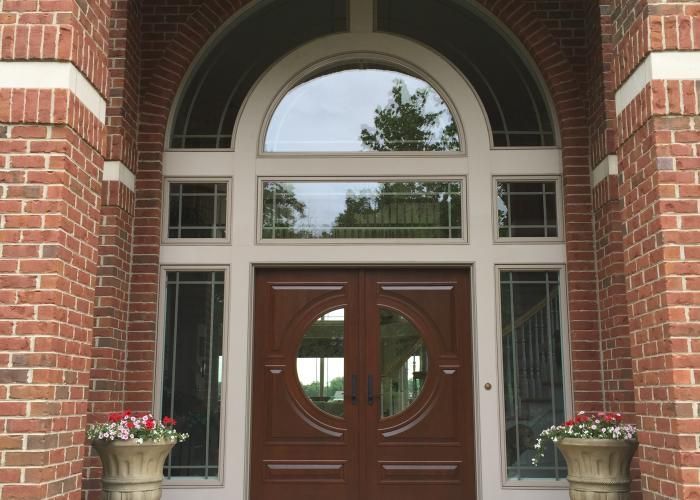
Conclusion:
Plan, plan, plan when it comes to budgeting. However, also plan for the unexpected.
It is always encouraged to have a contingency added to your budget in order to plan for the unexpected.
The best that can happen is you don’t utilize it or you upgrade a few items to increase quality, value, and return on investment.
Ask your showroom professional for cost-saving ideas.
Tile manufacturers now produce slabs that look and feel like stone and floor coverings that resemble hardwood. Avoid the temptation to be pennywise and dollar foolish.
As tempting as it might be to want to reuse your faucet or sinks, don’t.
Older fixtures are environmentally inefficient compared to today’s offerings and won’t provide nearly the same functionality, look or feel.
Plus, keeping existing components defeats the purpose of renovating your new kitchen.
What is a realistic budget for your new kitchen or bath? We can help you develop one!

Call us at please give us a call at (574) 533-0597, or visit our showroom at 2423 Peddlers Village Rd, Goshen, IN 46528.
